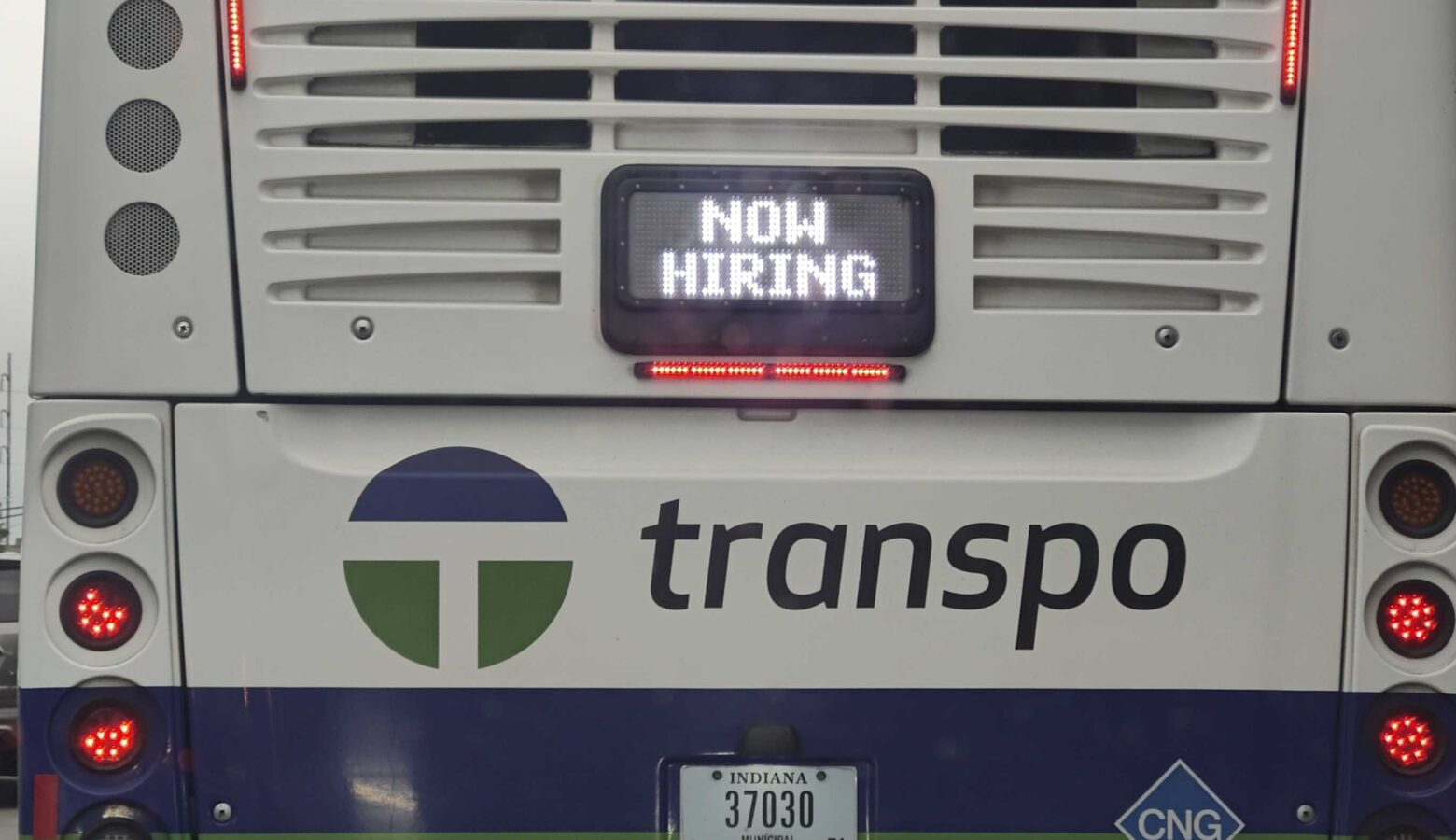Indiana’s August unemployment rate bumped up compared to last year, but total employment did too

Indiana’s unemployment rate reached its highest point in almost two years at 3.4 percent in August. The rate is a minor increase from the month prior, according to new federal estimates. It is a small but more statistically significant bump compared to August 2022’s 3.1 percent unemployment.
The rate is just a preliminary estimate, so the federal Bureau of Labor Statistics could end up revising it up or down as they review the data. Only people who don’t have a job, but are actively looking for one, are counted in the unemployment rate.
Despite the unemployment increase, the number of people actively working remained high last month and also increased by 1.7 percent, a statistically significant growth, compared to August 2022.
The combination of a higher unemployment rate and growing total employment could reflect people losing jobs in some parts of the state and some industries while others grow. August saw a few major layoffs, including 525 jobs lost in the closure of a Warsaw paper and printing manufacturing plant owned by LSC Communications.
Indiana’s manufacturing workforce did slightly shrink again in August estimates, by negative 0.6 percent, compared to the same month last year. That industry’s year-over-year losses were more pronounced in estimates for certain parts of the state, including the Elkhart (negative 8.5 percent), Bloomington (negative 2.6 percent) and Muncie (negative 3.1 percent) metro areas.
Join the conversation and sign up for the Indiana Two-Way. Text “Indiana” to 73224. Your comments and questions in response to our weekly text help us find the answers you need on statewide issues.
But, experts say an increased unemployment rate isn’t always of sign of labor market doom. It could also reflect people stepping off the sidelines and looking for work again.
Indiana’s labor participation rate was at 63.5 percent in August’s preliminary estimates. That measures the amount of working-age people who are either actively working or looking for work. The August participation rate barely changed compared to the month before and a year before.
People could be out of the labor force because they’ve retired, started college or lack child care, for example.
Important notes about the data
There are a few important things to know about the state and local labor market data the federal Bureau of Labor Statistics releases every month.
They’re old numbers. They measure the labor market a month or two months prior — not the current market.
Also, the data are estimates. So while these are often the best numbers available, there is room for error. The newest estimates are always preliminary — meaning they’re rechecked and potentially revised in the next month’s release.
But those revisions aren’t always perfect either. BLS sometimes re-revises the monthly numbers years later. For example, the estimated unemployment, employment and labor force numbers at the state and local level for every month between January 2018 and December 2021 was revised again this March.
And some estimates are not seasonally adjusted, meaning they don’t account for the natural ups and downs of the labor market that come with any part of the year – like seasonal jobs that only exist in the summer. That means the non-seasonally adjusted unemployment rate for January, for example, can’t be compared to the December rate. But non seasonally adjusted January rates can be compared to every January in prior years. This mostly affects local-level estimates, as most statewide estimates in these monthly releases are seasonally adjusted.
Adam is our labor and employment reporter. Contact him at [email protected] or follow him on Twitter at @arayesIPB.


